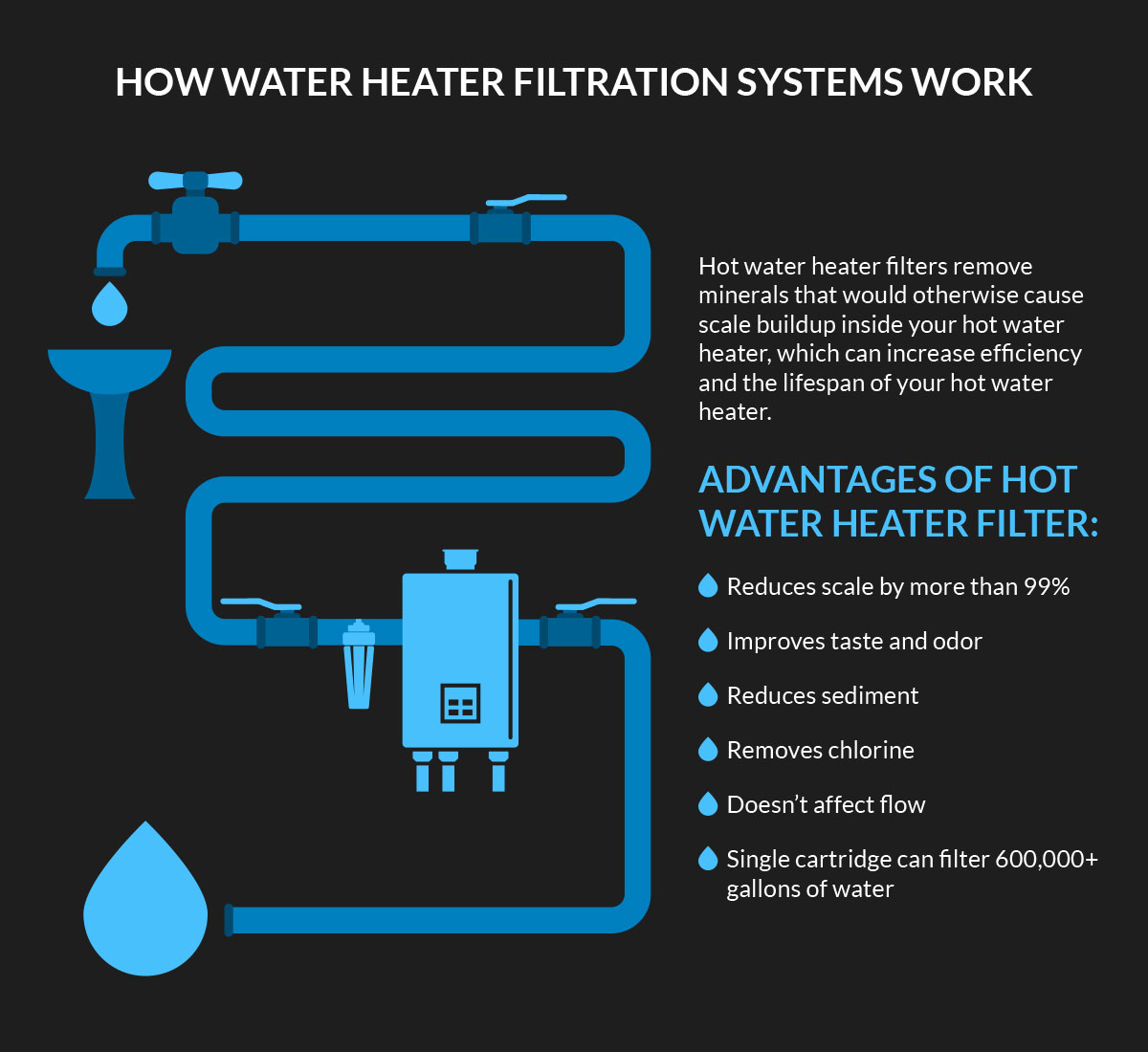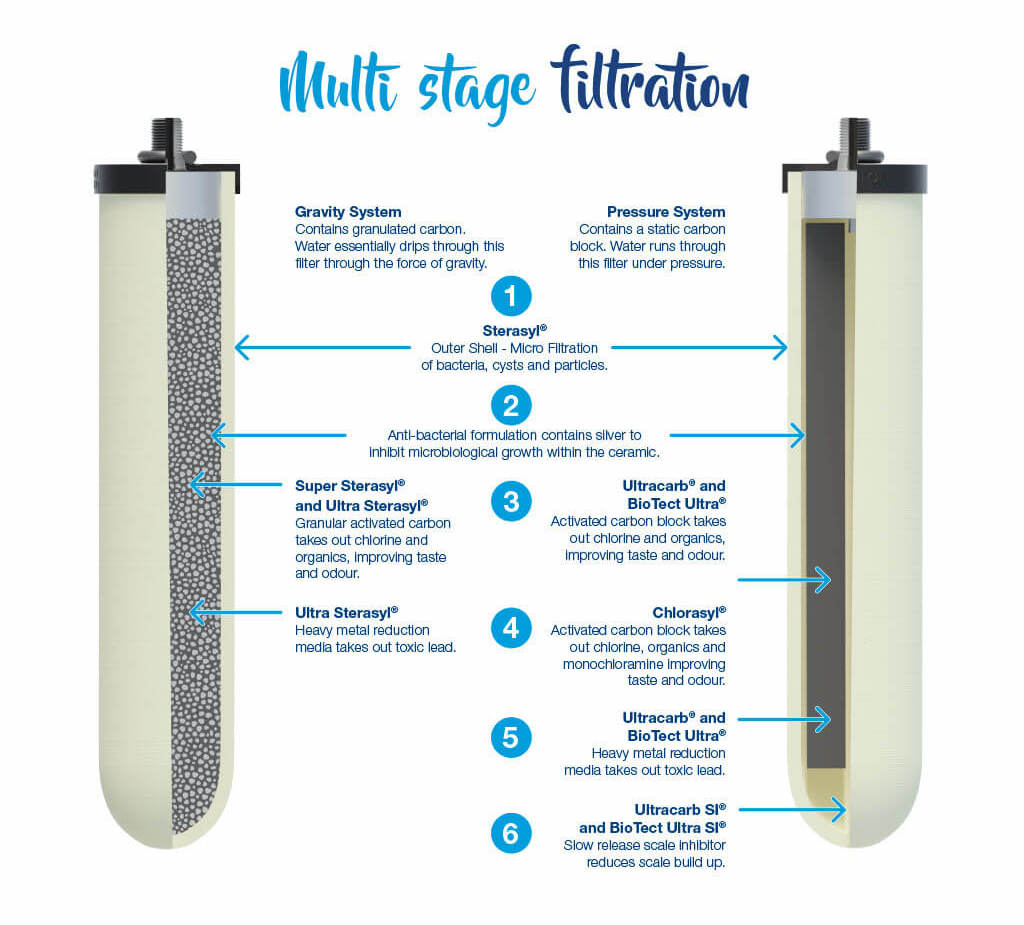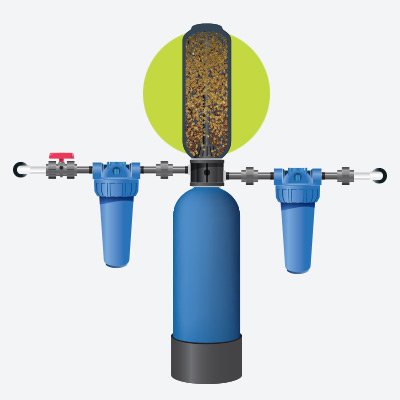4 Easy Facts About Water Softener Described
Wiki Article
The Buzz on Water Purifier
Table of ContentsFascination About Water SoftenerGetting My Whole House Water Filter To WorkWater Softener Fundamentals ExplainedThe Basic Principles Of Wastewater Treatment
Last upgraded: November 30, 2020. You can endure without food for numerous weeks, because your body will gradually change to utilizing stored fat as well as protein to make its power. Water equals life: it's as easy as that.Triggered carbon Picture: A water treatment plant filters water for reuse by passing filthy water from residences and also manufacturing facilities with beds of charcoal as well as sand. It resembles a gigantic variation of the filter in our art work up above, though there's no reed bed in this system. The most typical household water filters utilize what are understood as turned on carbon granules (sometimes called energetic carbon or a/c) based upon charcoal (an extremely porous form of carbon, made by burning something like wood in a decreased supply of oxygen).
That indicates there's a recurring (and often substantial) expense. Reverse osmosis Reverse osmosis means compeling contaminated water through a membrane (properly, a very great filter) at stress, so the water passes through but the impurities remain behind. A closer take a look at reverse osmosis If you have actually examined biology, you've probably come across osmosis.
Wait, it's easier than it sounds! Intend you have a closed glass bottle complete of extremely sweet water as well as you stand it inside a large glass container complete of less sweet water. Nothing will occur. What if the container is really a special kind of porous plastic where water (however not sugar) can take a trip? What takes place is that water relocations from the external container via the plastic (successfully, a semi-permeable membrane) right into the bottle till the sugar concentrations are equal.
Examine This Report on Under Sink Water Filter
That's osmosis, so what concerning reverse osmosis? Mean you take some contaminated water and also force it with a membrane layer to make pure water. Properly, you're making water enter the contrary direction to which osmosis would generally make it take a trip (not from a less-concentrated remedy to a more-concentrated remedy, as in osmosis, but from a more-concentrated service to a less-concentrated option).Simply put, reverse-osmosis filters need to make use of electrically powered pumps that cost cash to run. Like activated charcoal, reverse osmosis is efficient eliminating some pollutants (salt, nitrates, or limescale), however less reliable at removing others (germs, as an example). Another drawback is that reverse osmosis systems produce rather a great deal of waste-watersome waste 4 or 5 liters of water for each litre of tidy water they create.
The magnesium and also calcium ions come to be entraped as well as the salt ions are released in their location. Hard water contains magnesium and also calcium compounds and, when you put it into an ion-exchange filter, these substances split apart to form magnesium and calcium ions.
Without the magnesium as well as calcium ions, the water preferences softer as well as (to many people) much more pleasurable. The sodium is just a different form of pollutant, so you can't describe the end product of ion-exchange filtering as "pure water" (the included salt can even be bothersome for individuals on low-sodium diet plans).
The Ultimate Guide To Water Filtration System
(This is why you need to include "salt" to dish washers, periodically: the salt recharges the dishwashing machine's water softener as well as aids to avoid a steady accumulation of limescale that can harm the device.) Purification Art work: Purification includes heating water to kill pollutants and divide out pollutants. Water boils at 100C (212F), so vapor captured at specifically this temperature should, theoretically, include only water.Distillation goes an action even more than ordinary boiling: you boil water to make vapor, then record the vapor and also condense (cool) it back into water in a different container. Considering that water boils at a reduced temperature than a few of the pollutants it consists of (such as poisonous hefty steels), these continue to be behind as the vapor separates away and steams off.
Final thought You can see that different sorts of filtering eliminate various pollutantsbut there's no solitary technique that removes all the pollutants from water. That's why many home water-filter systems use 2 or even more of these processes with each other. If you're looking for a residence water filter, step meticulously. Bear in mind that you will not always remove all the nasties.
The true picture can be a lot even worse. That's an excellent issue, but it still does not imply the response is for every person to consume alcohol bottled water instead.
? We spend billions on takeaway water, but cost isn't this content the only disadvantage.
Allow's count ourselves fortunate we don't need to consume water straight from a filthy river, like many individuals still do. As an intriguing aside, bear in mind that we spend $280 billion a year on mineral water? Let's place that in context. Among the UN's Millennium Advancement Goals was to "cut in half by 2015 the proportion of individuals without lasting access to risk-free drinking water and standard hygiene"; in 2012, the Globe Financial institution approximated that the yearly expense of achieving that would certainly be $184 billion.



Report this wiki page